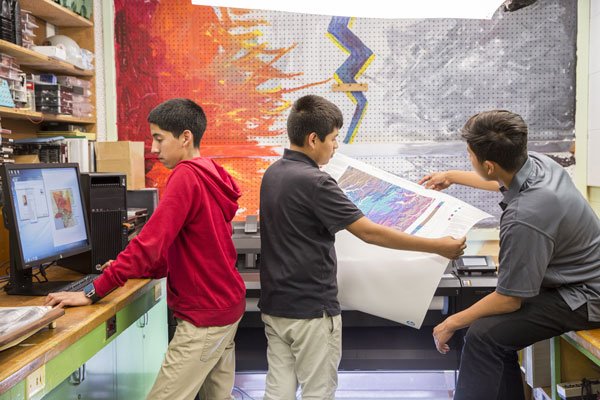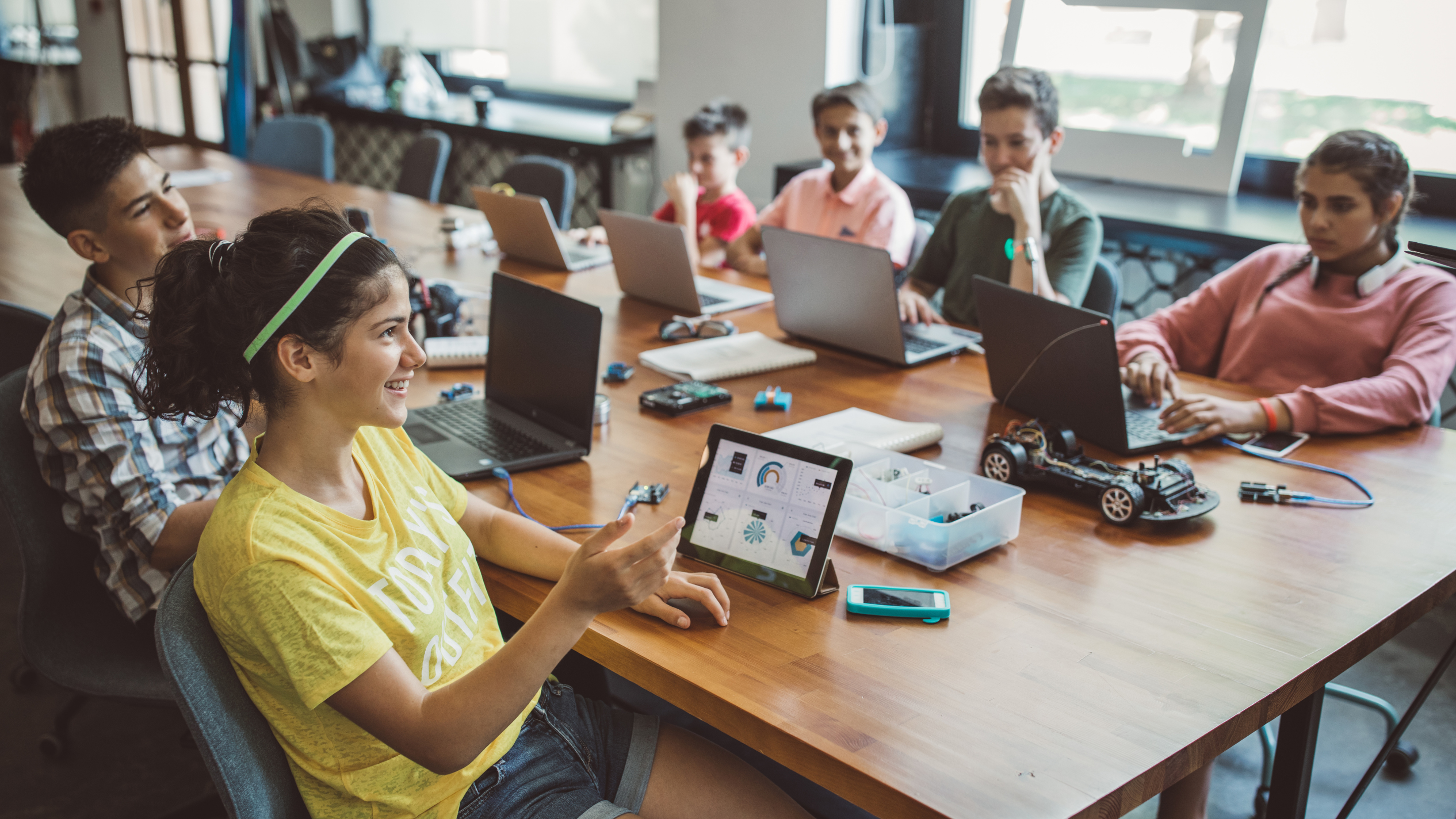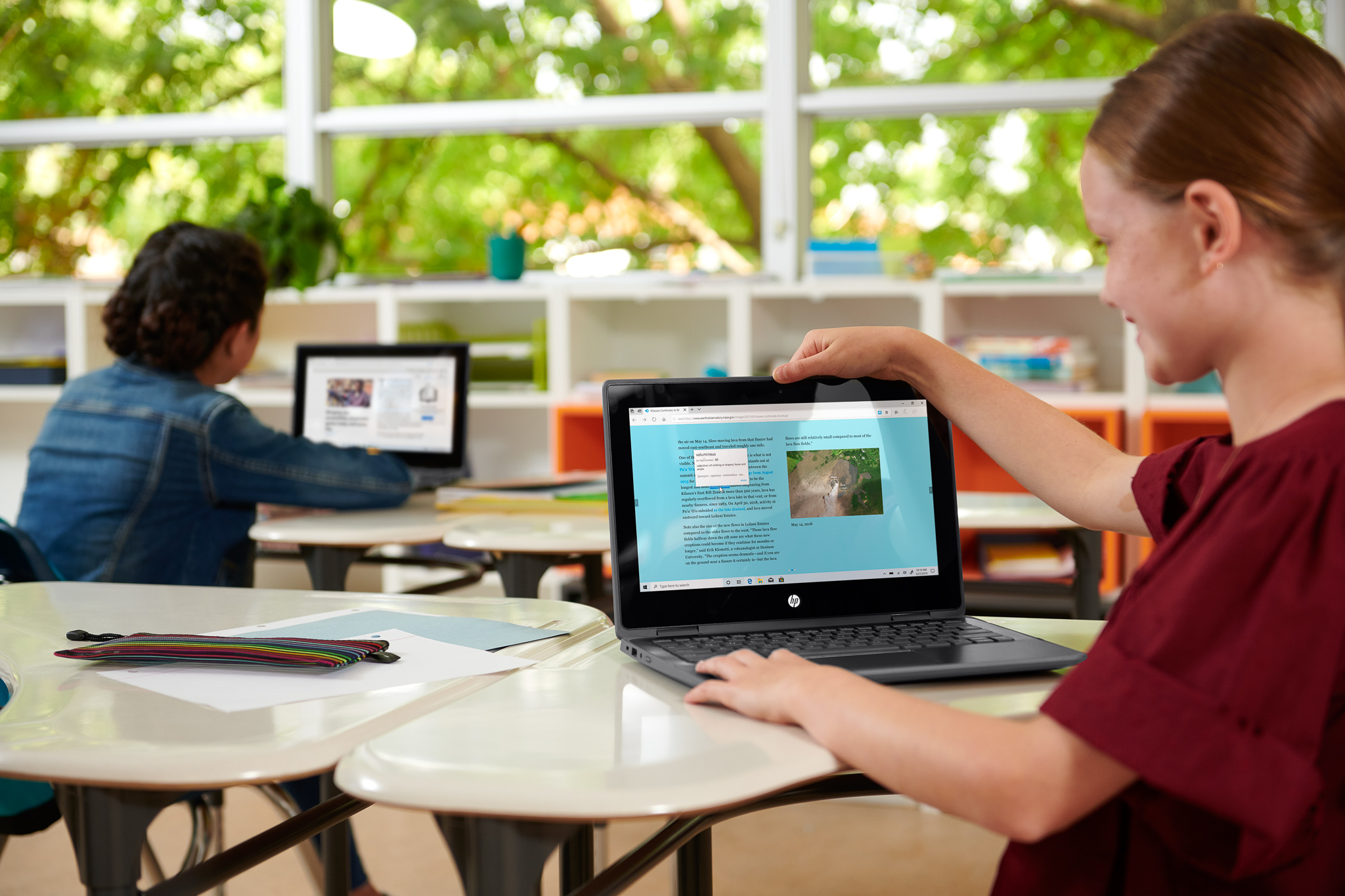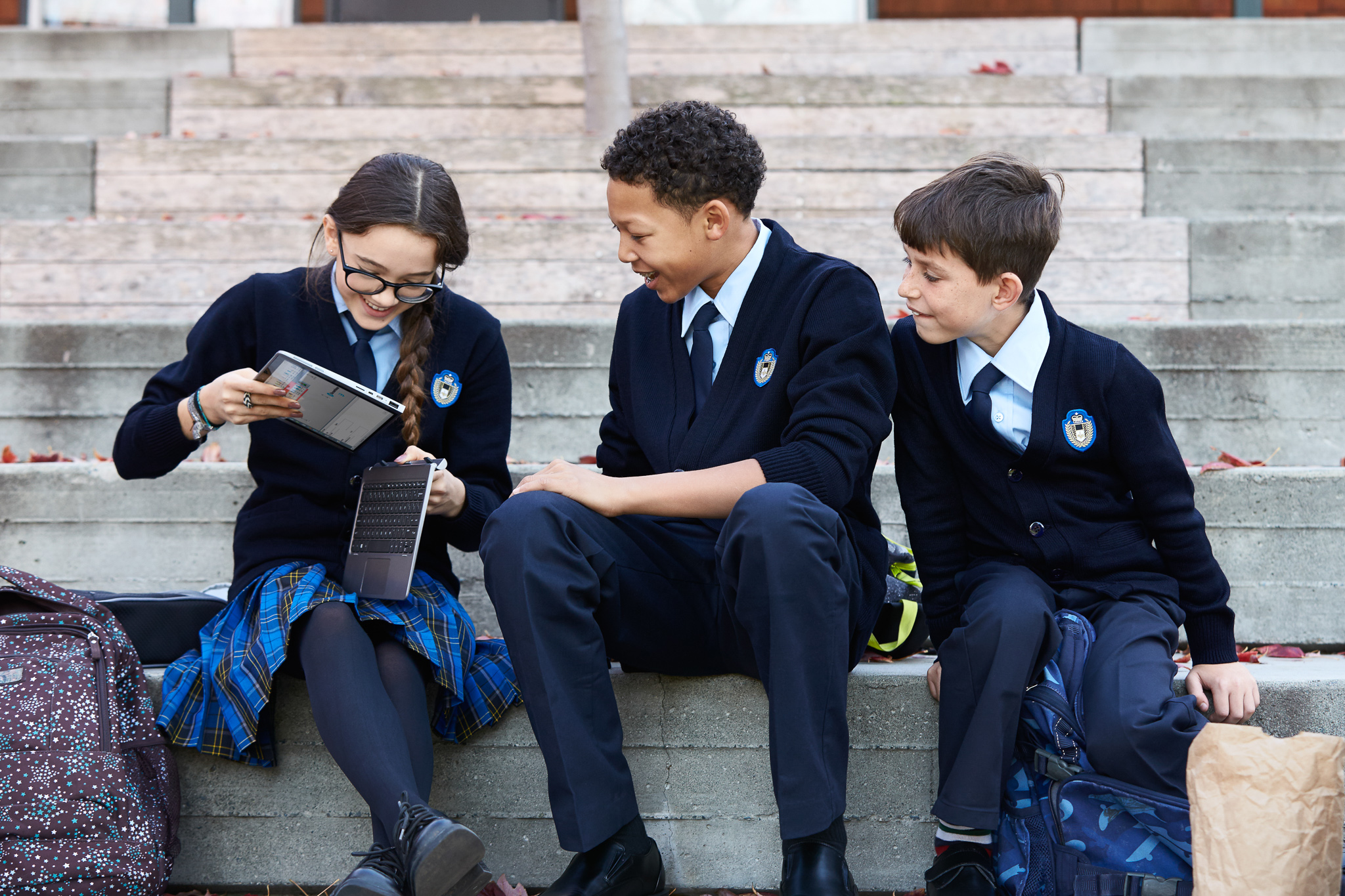For many of us, school was a particularly routine affair; you would arrive at school, go to class, perform dictation or take down notes from the board. You would also conduct your research in the library, handwriting notes with a pen and paper. It’s safe to say those days are behind us. Technology is now so intertwined with students and their learning outcomes that today’s students would view a classroom from the past and simply gawk at the learning structure, activities and outcomes.
While the educational realm has typically taken longer to adopt new technologies than the business world or corporate sector, thanks to the organic and ever-fluid landscape of technological advancements, full-scale adoption has become somewhat inevitable. This is reflected no better than in the new Digital Technologies component of the New Zealand Curriculum which must be implemented in every school by the beginning of the 2020 school year. Teaching “methodologies are changing, curricula are changing, and new technologies are being tested.” 1 Virtual reality (VR) is still very much an emerging technology, but we thought this would be a great opportunity to explore five ways VR can potentially reinvent the classroom.
1. “Real” Experiences
Traditionally, in many circumstances, education fails to provide students with hands-on experiences. For example, they can read about the eruption of Mount Vesuvius that decimated the ancient city of Pompeii, but they can’t legitimately experience the terror or grief of the event. Students can watch footage of marine life on the Great Barrier Reef, or documentaries detailing the origins of the universe.
But what if you could showcase to your students the movement and smaller idiosyncrasies of both the marine life and expansive, contextualisation of space? As VR grows, teachers will be able to bring past worlds, and previously before unexplored realms to the classroom, providing students with a deeper level of understanding when it comes to history and the wider world around them.
2. Empathy
The world can be a volatile place and with the 24/7 news cycle brought on by social media, students have access to world affairs at their fingertips. Imagine being able to virtually show them via a nanoscale immersion, the after-effects of the Haiti earthquake, or the stressful reality of Syrian refugees seeking asylum in Mediterranean Europe.
The ability to put students in these kinds of situations would foster growth in their ability to empathise. Being able to empathise with people from other situations unbeknown to their own will foster deeper and more informed perspectives about the world they live in, putting them in good stead to grow into wise, digital citizens in a connected world.
3. Insight & Creativity
In the past, the most creative a student could be was via the visual arts, woodwork or creative writing. VR will give students the opportunity to bring their imagination to life. Activities both individually and in groups will give students the ability to draft, design and create 3-dimensional objects, scenarios and worlds of their choosing.
Allowing students to share their world with their classmates, as well as developing fundamental coding/robotics and design skills will do wonders for their confidence and employability post-school. Not to mention, engaging even the most disruptive or absent-minded students could be an issue of the past.
4. Relevance for Traditional Activities
VR can add more relevance to what would be considered more traditional learning activities. In anatomy, for example, not every student learns the same way. For students more inclined to engage visually than by text, imagine being able to delve inside the human body and have them interact with muscular systems, bones and organs.
It can add further weight to any learning experience, perhaps a class is set an essay on Vincent Van Gogh and his life, through books they know of his blind passion for the lover that drove him to cut off his ear, but being able to virtually experience that passion would facilitate a more informed and in-depth finished product.
5. Professional Life
From a young age, we dream and have fantasies about what we want to be when we grow up. VR can play a role in broadening students’ exposure to potential careers. Through VR students can, for example, experience a day in the life of an engineer, the skills required to perform the role and what they would potentially enjoy about the job, and vice versa for what they might not.
The ability to give students regular exposure to a multitude of careers will hold them in good stead for when they inevitably graduate and decide which path they wish to take in their professional lives. With the benefit of trial and error in school, more students will be entering the workforce fully aware of what they’re getting into, which will in turn foster garner higher rates of employment, and potentially a happier and more cohesive society.
At New Era, we pride ourselves on providing innovative technology solutions that empower a new generation of teaching and learning. If you’d like to learn more about the endless possibilities that VR offers, don’t hesitate to give us a call on 0800 438 428.


 Australia
Australia Canada
Canada LATAM
LATAM UAE
UAE United Kingdom
United Kingdom United States
United States



